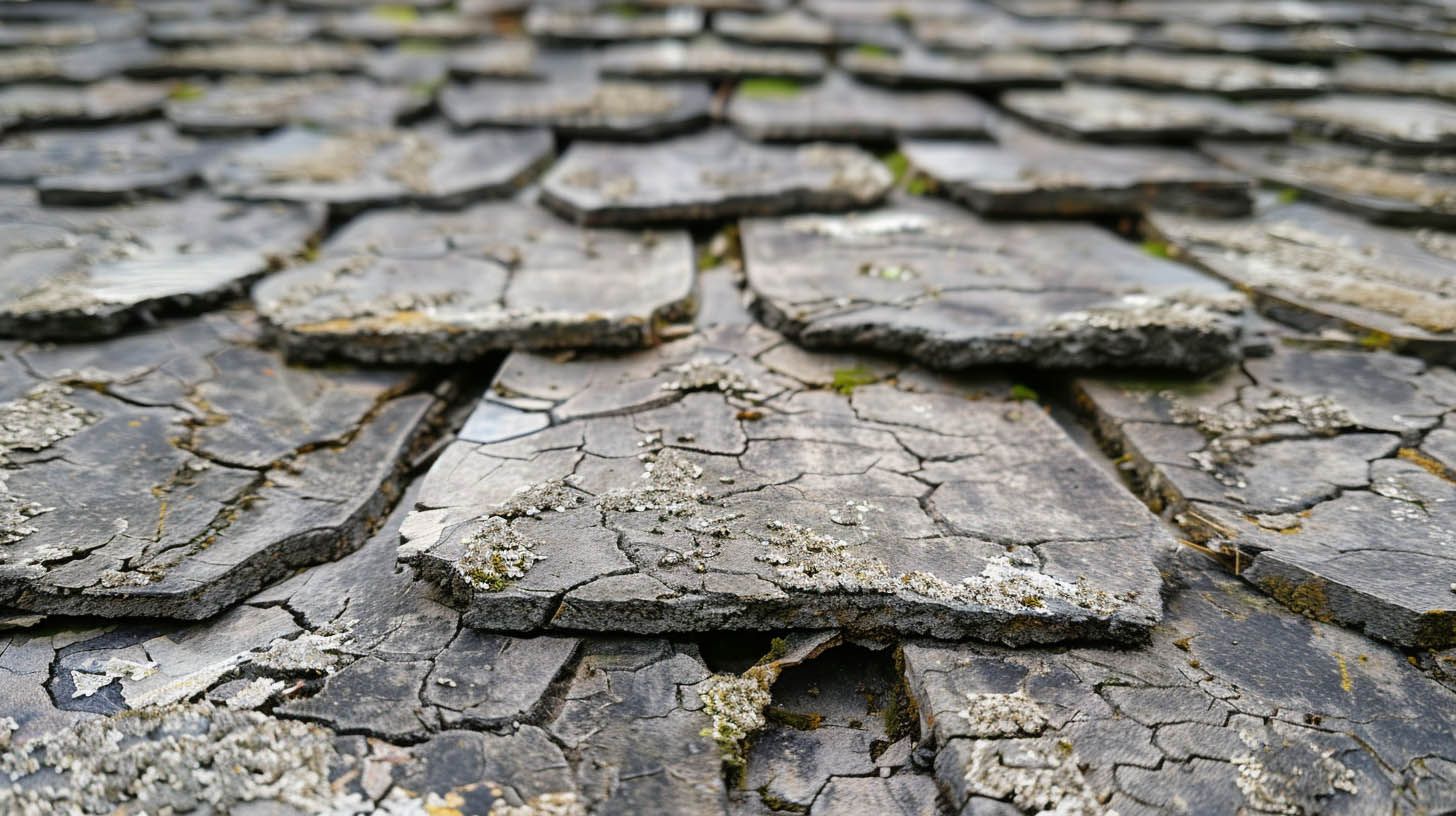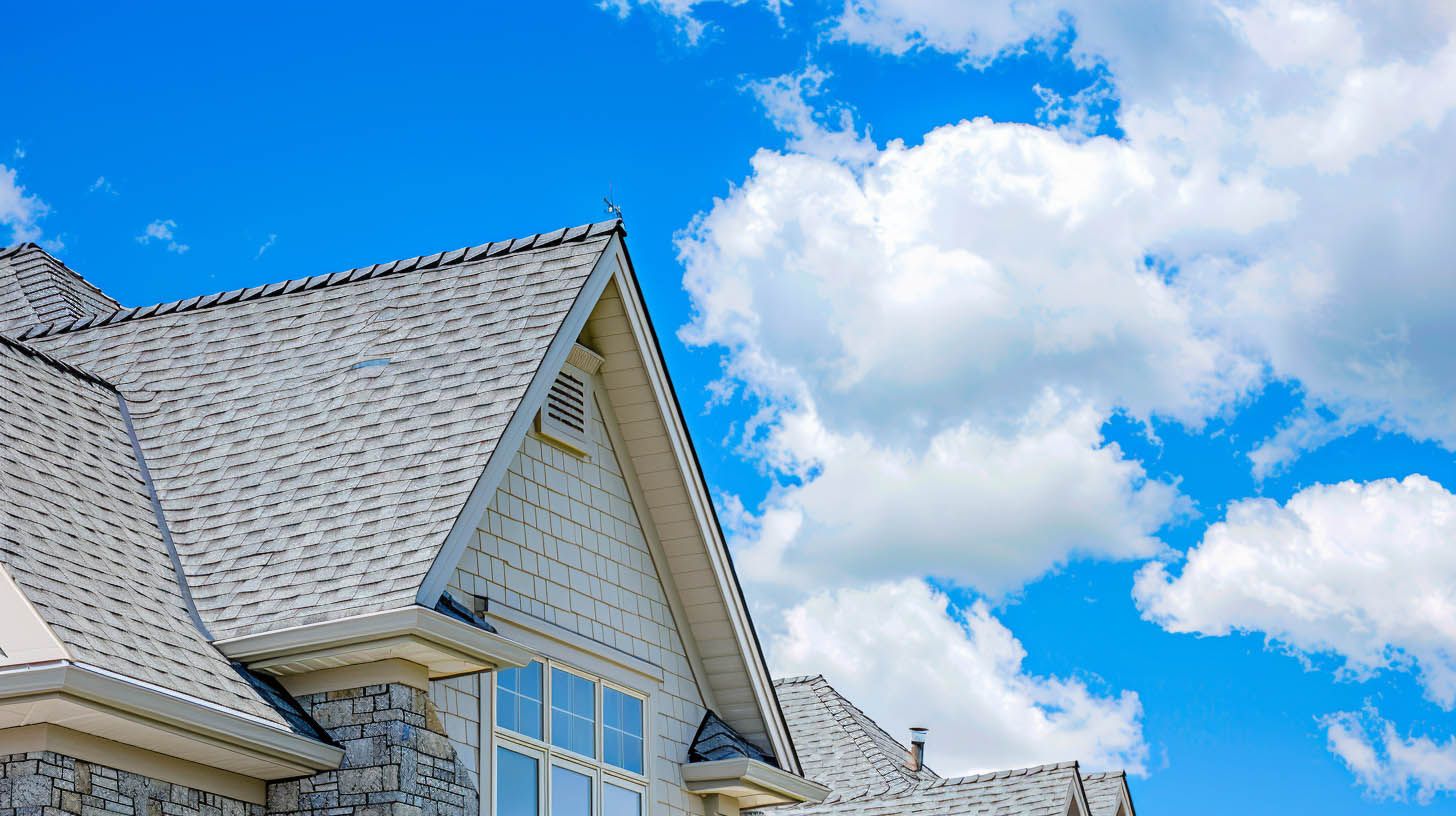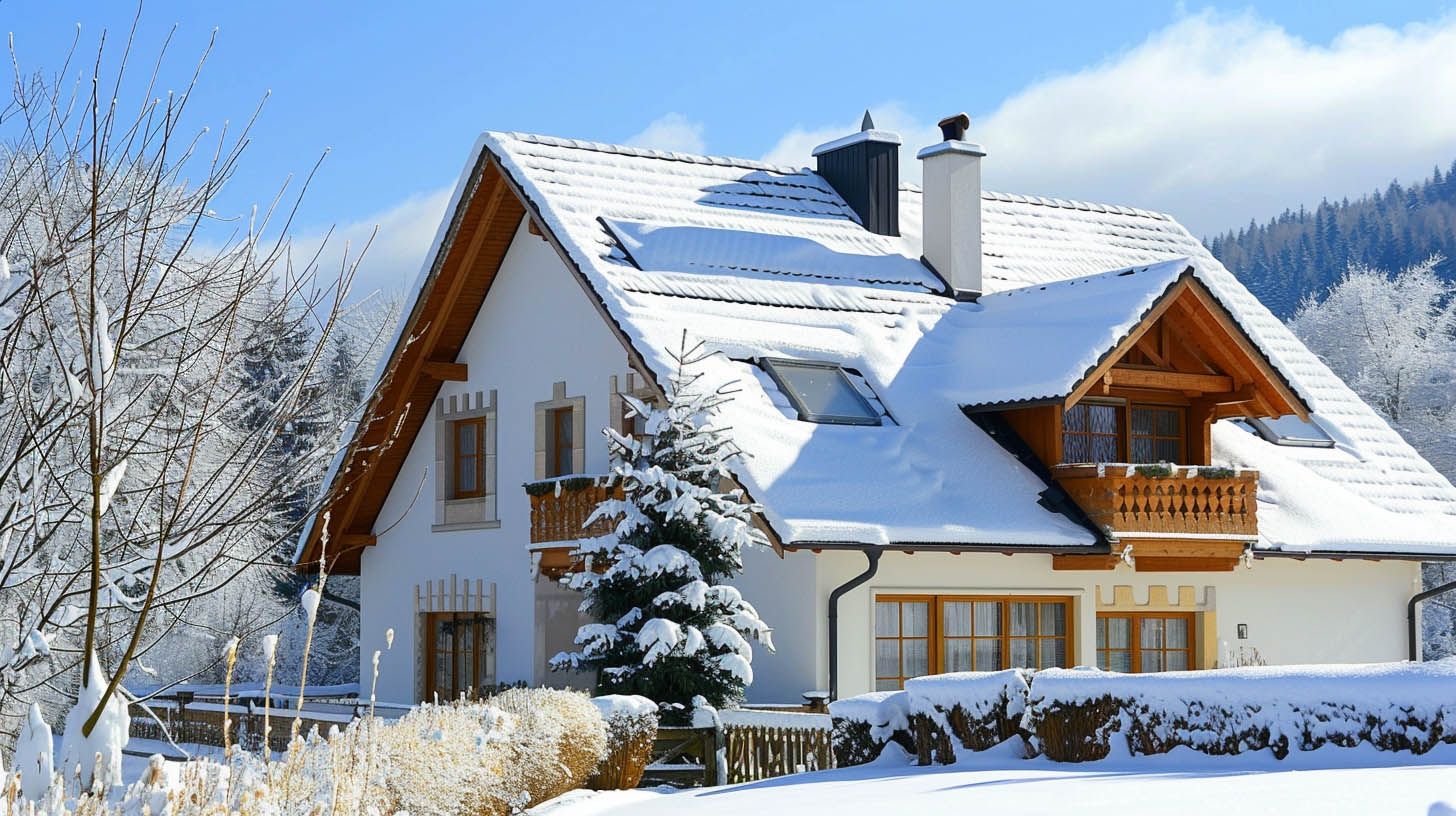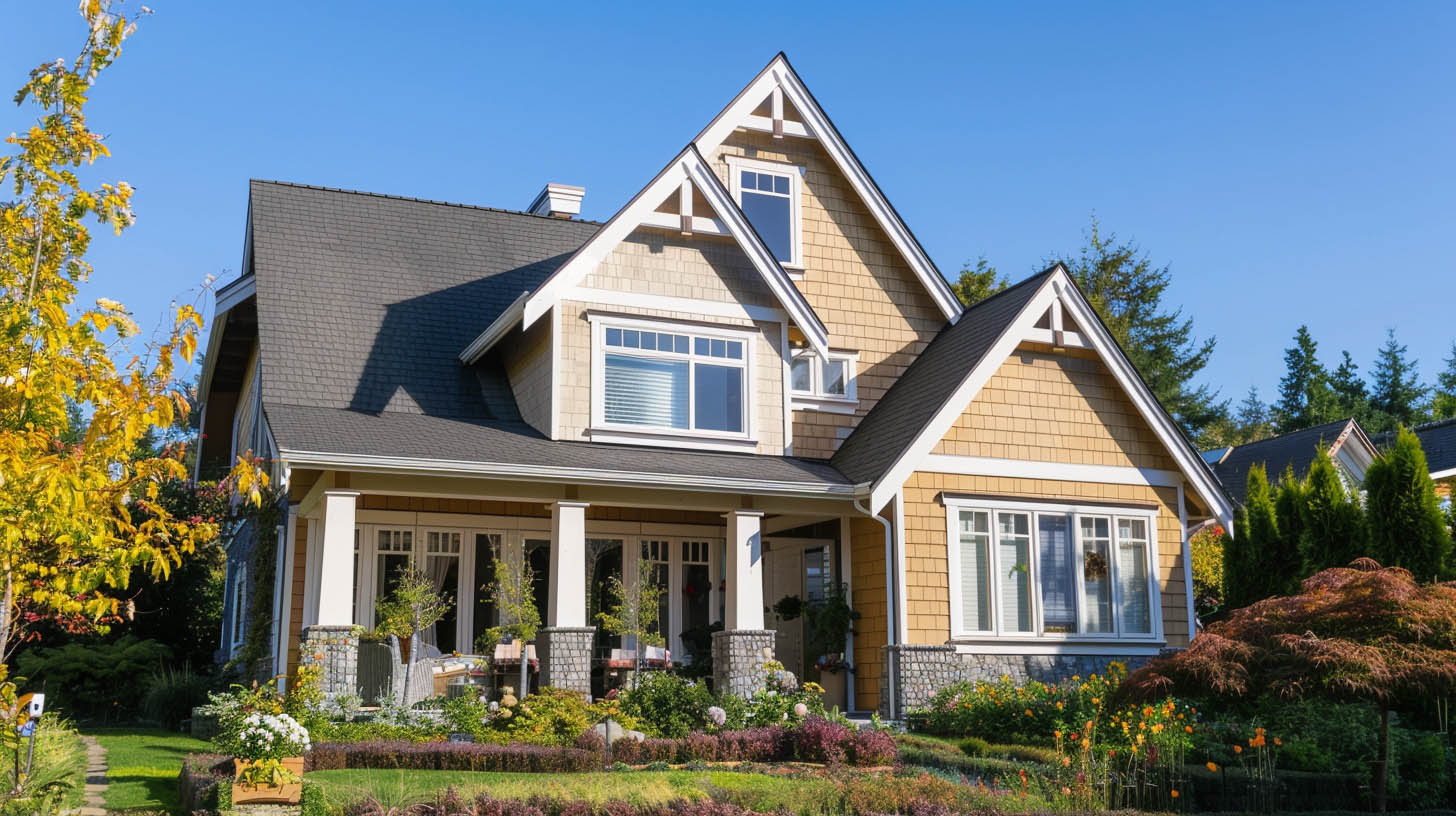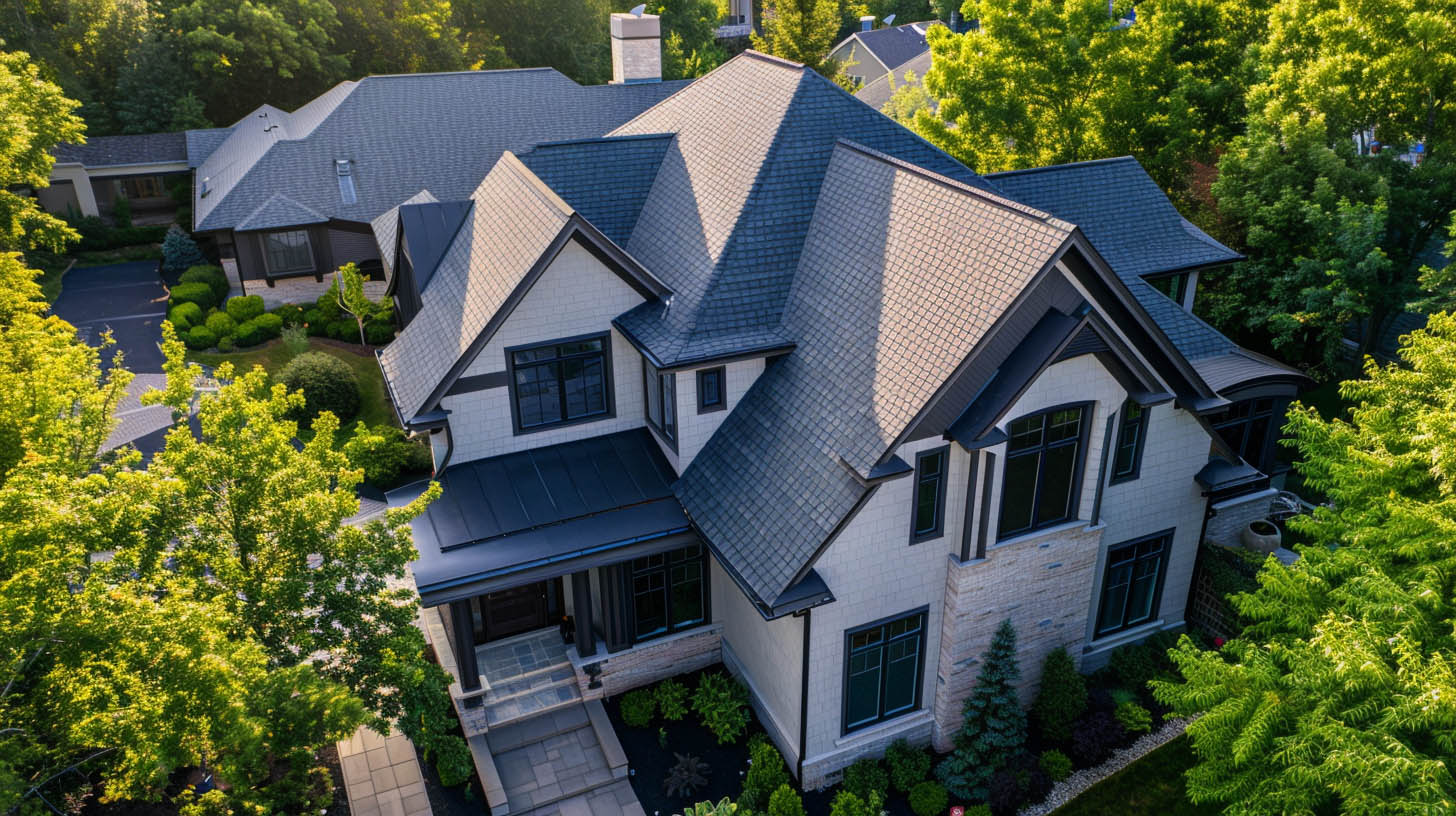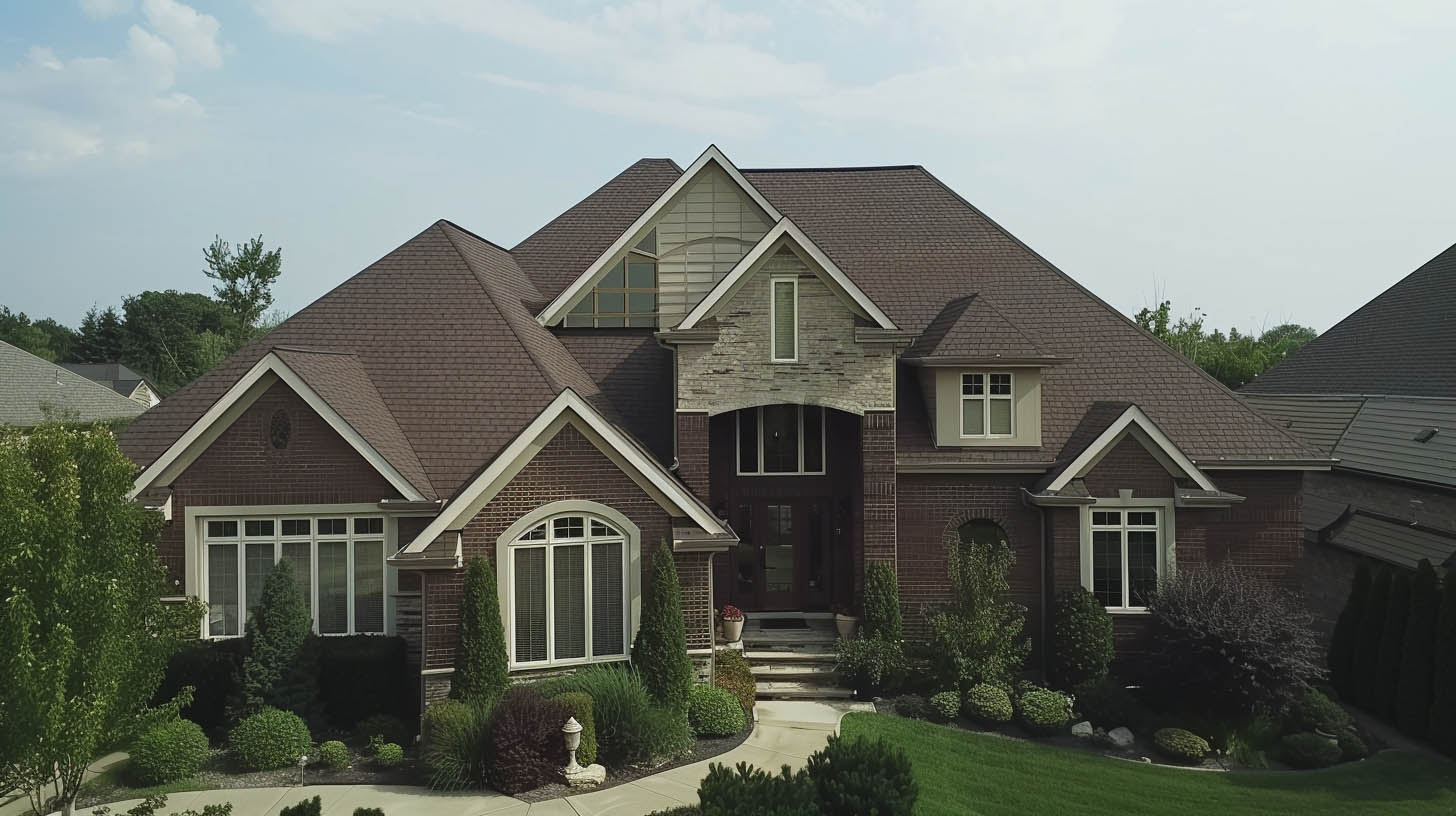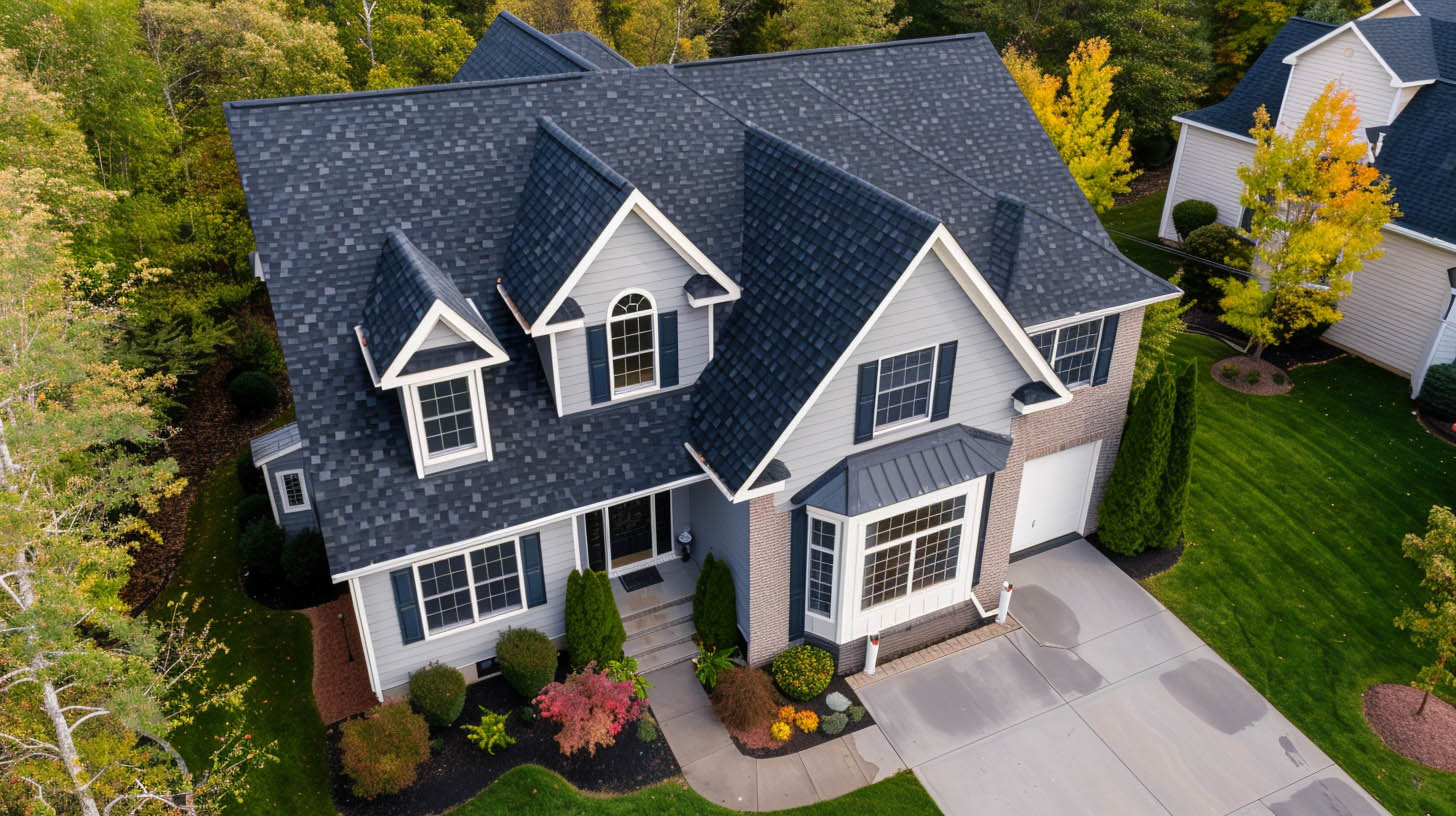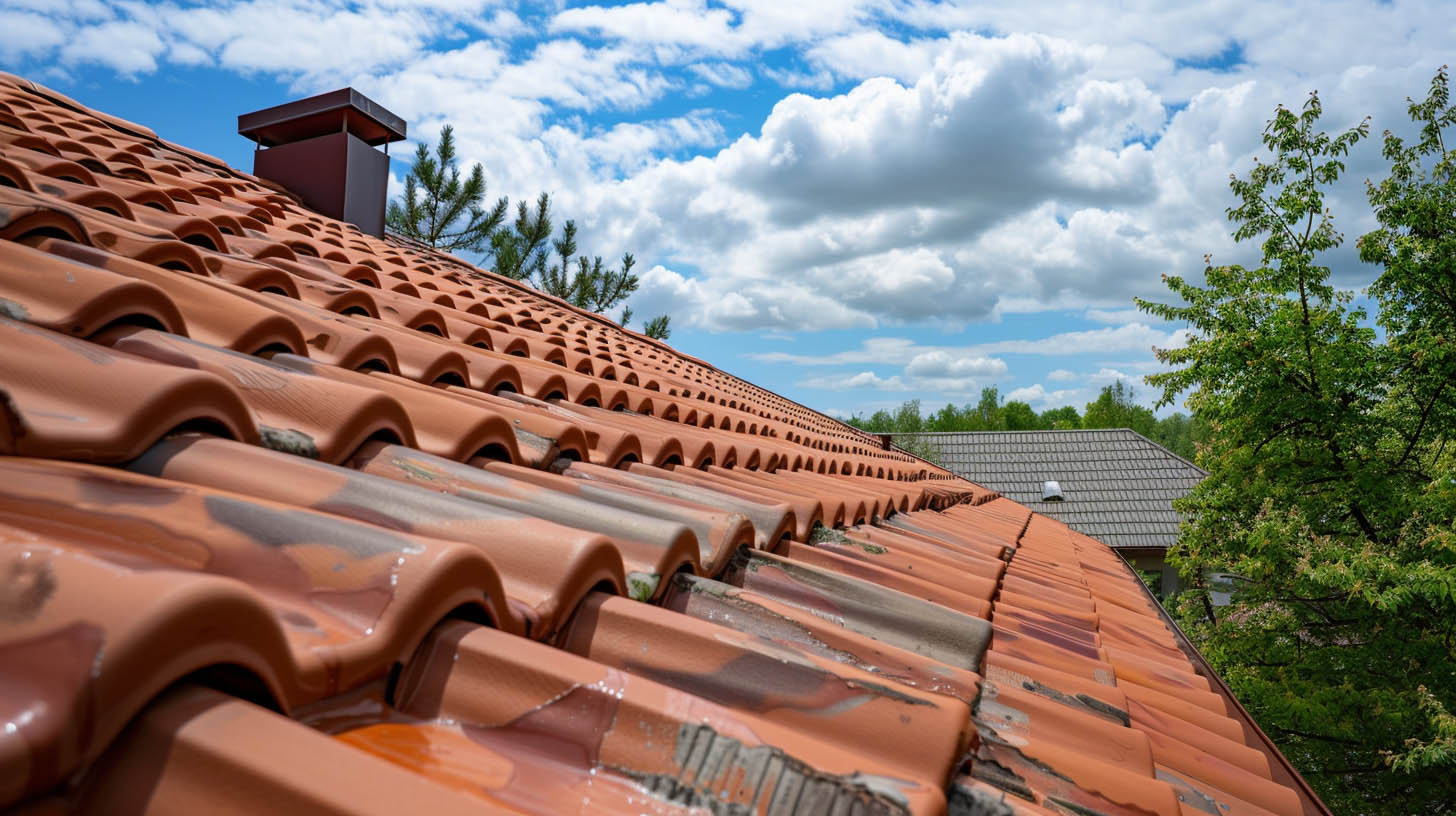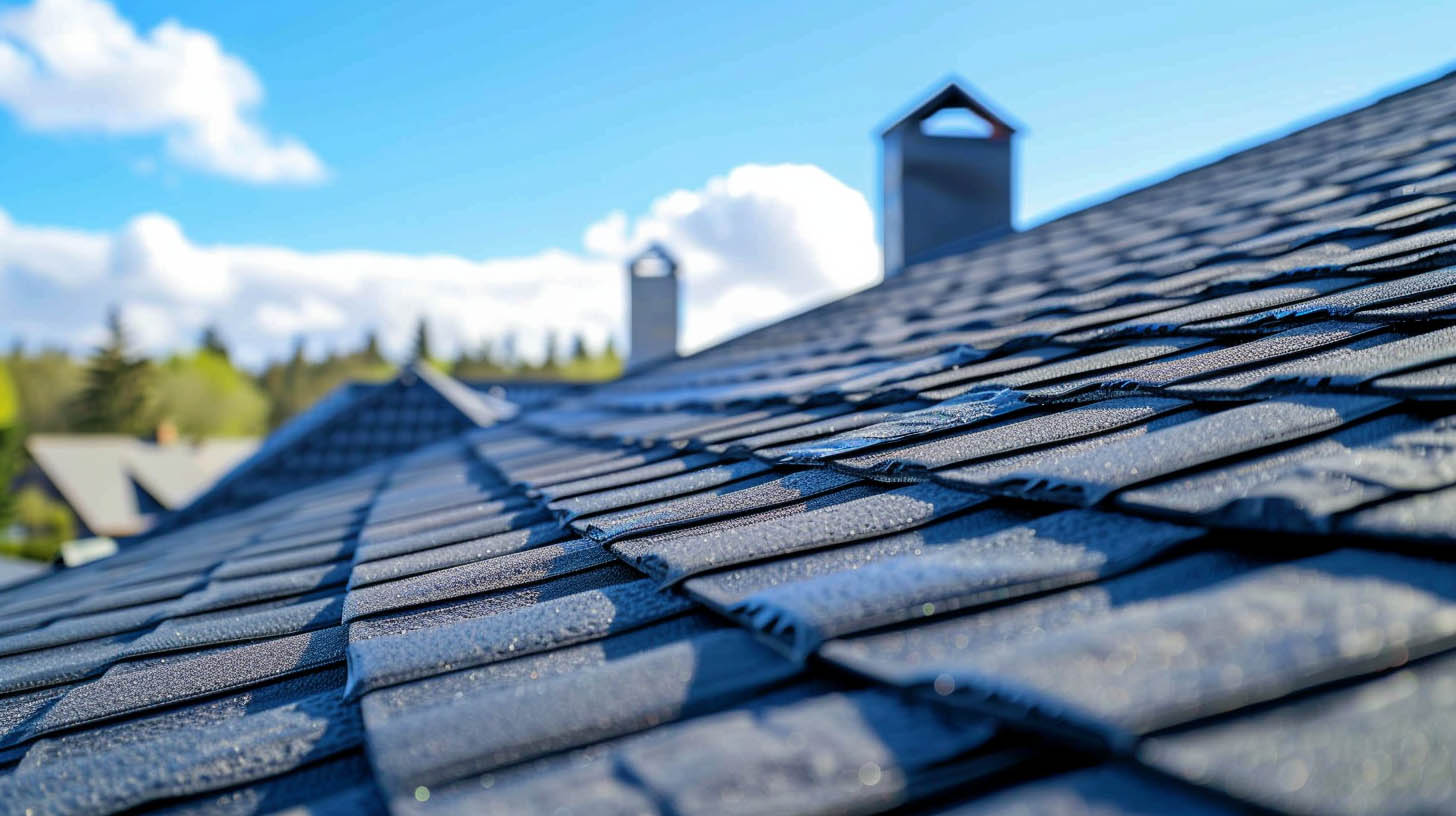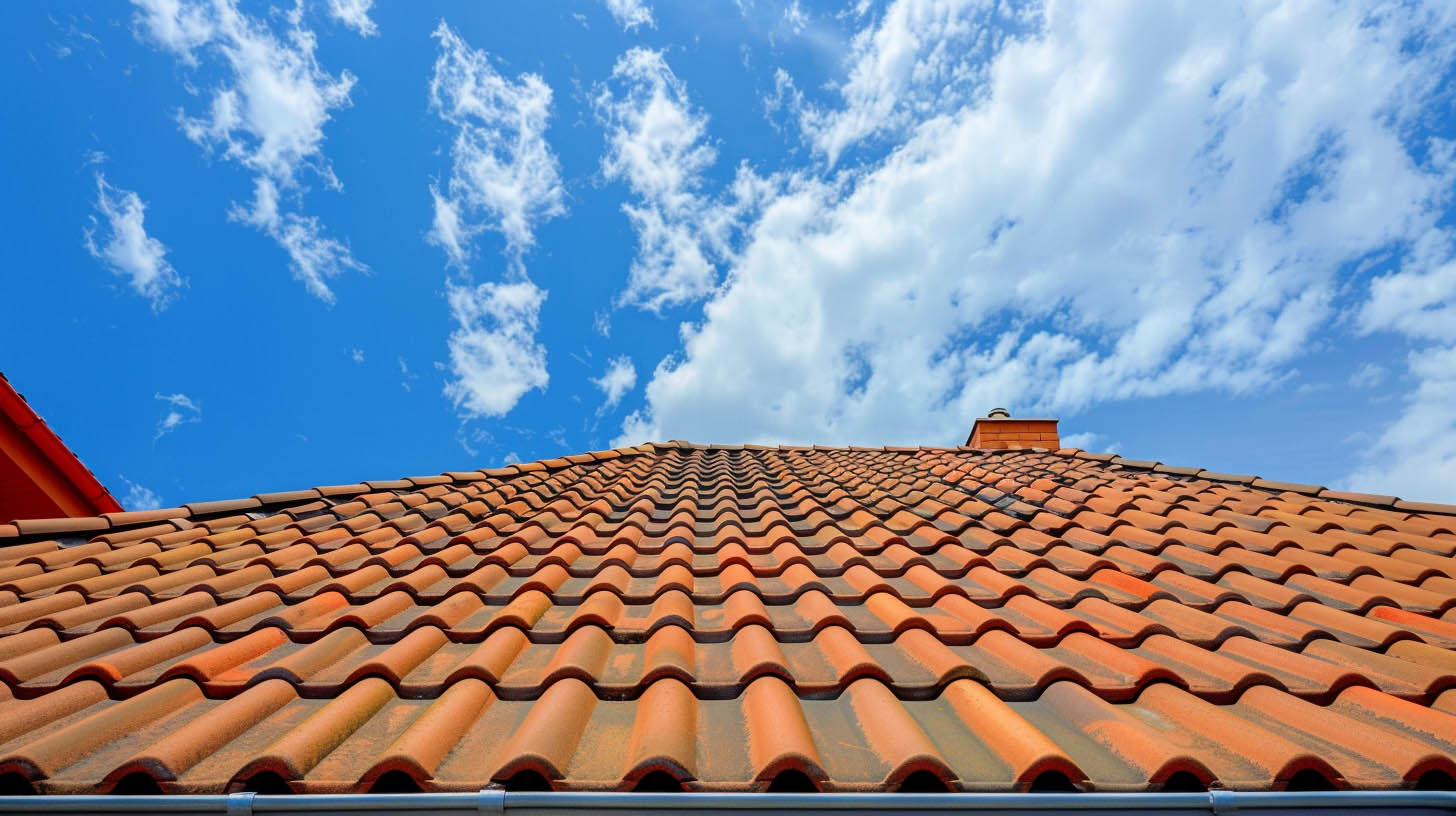How to Handle Emergency Roofing Repairs
A roofing emergency can be incredibly stressful, threatening your home with sudden leaks and water damage. When your roof’s integrity is compromised, you need fast, reliable help. At Boss Roofing Siding Experts, our mission is simple: Keeping Families Safe & Dry. For nearly two decades, we have provided Belvidere homeowners with dependable emergency roofing services. This guide will help you navigate the steps needed for a swift and effective roof repair.
Recognizing Signs of Emergency Roof Damage
Spotting severe roof damage early protects your home from costly problems. Signs like water stains on ceilings or walls indicate water intrusion, even if exterior damage isn’t visible. Ignoring these signs can lead to bigger issues.
After major weather events, look for dripping water, sagging ceilings, or daylight in the attic—these signal serious damage. Act quickly to prevent structural issues and expensive repairs. The next sections cover common causes and types of roof damage.
Common Causes of Emergency Roof Repairs in Belvidere, IL
In Belvidere, IL, severe weather—heavy rain, high winds, snow, and ice dams—often causes emergency roof repairs by damaging shingles or creating leaks. Falling tree limbs during intense storms can also compromise your roof’s structure, leading to further complications. Additionally, age-related wear and tear can result in cracks and unsightly water stains. Regular inspections are crucial as they help catch issues early, allowing homeowners to get necessary repairs before costs rise significantly and ensuring the overall integrity and safety of the home are maintained.
Types of Roof Damage That Demand Immediate Action
Some roof damage, such as missing shingles, large holes, or tree limb impact, requires immediate repair to prevent water intrusion and preserve roof integrity. Signs like ceiling water stains or dripping indicate urgent structural risks that can escalate quickly if not addressed. Prompt action protects your home from further damage and helps avoid expensive future repairs that can strain your finances. Swift response is essential for maintaining long-term roof health, ensuring your home remains safe and secure against the elements.
How to Tell if Your Roof Needs Urgent Attention
Assessing the urgency of roof issues involves evaluating visible damage and potential risks. Signs like dripping water, ceiling stains, or mold require immediate attention to prevent further harm. Minor cracks or missing shingles can worsen over time if ignored, especially during storms.
Conversely, minor cosmetic issues often allow for a less urgent response. Regular inspections help catch problems early, prioritizing safety and avoiding expensive repairs. Consulting a professional roofer ensures a thorough evaluation and addresses any risks promptly.
First Steps When You Discover a Roofing Emergency
In a roofing emergency, the first priority is to ensure everyone’s safety—active leaks can create dangerous slips and pose serious electrical hazards. Once you have confirmed that everyone is safe, focus on stopping further water intrusion to prevent costly damage to your property. Quick action may save you from the need for a full roof replacement. These temporary steps can effectively protect your home until our professionals arrive to assist you. Use the helpful tips below to guide your initial response during this critical time.

Keeping Your Family Safe During a Roof Emergency
During a roofing emergency, it is crucial to prioritize your family’s safety and comfort above all else. Begin by carefully assessing the damage for any missing shingles or holes that could worsen the situation. Use buckets to catch any leaks and cover vulnerable areas with plastic sheets to prevent further exposure until professionals arrive. In severe weather conditions, ensure that you stay away from any damaged areas to avoid injury. Regular inspections and heightened awareness of potential risks will significantly help you navigate emergencies safely.
Immediate Actions to Prevent Further Water Damage
Act quickly to prevent further water intrusion. Move furniture and valuables away from affected areas, and use buckets to catch leaks. Temporarily seal cracks or holes with roofing cement or plastic sheets until permanent repairs can be made.
Identify the leak source for effective remediation. Regular inspections can reveal vulnerable spots. For significant damage, contact a professional roofing contractor to assess the situation and ensure your roof’s integrity during emergencies.
Documenting Damage for Insurance Claims
To process insurance claims effectively, thoroughly document your roof’s condition. Take clear photos of all visible damage, including missing shingles and leaks, and note the date and time. Keep records of water intrusion and relevant observations for accurate assessment.
Maintain a detailed log of events, including weather conditions before the damage. Save receipts for emergency repairs or materials to show proactive measures. Proper documentation speeds up claims and increases your chance of fair compensation for roof repairs.

Temporary Measures for Emergency Roof Repairs
While waiting for professional help, a temporary fix—such as covering damage with a tarp—can prevent further harm. These solutions aren’t permanent but effectively keep out water during storms. Remember, these are short-term measures until experts arrive; attempting complex repairs yourself can be risky and lead to more issues. The following sections provide guidance on simple fixes and safety precautions.
DIY Temporary Fixes Using Everyday Materials
Address roofing emergencies quickly to prevent further damage from occurring. Use household items like plastic sheets secured with duct tape or roofing cement to effectively block water intrusion, and place buckets strategically under leaks to catch dripping water. For larger holes, cover them with plywood or tarps to provide additional protection. Once the situation is stable, take the time to assess visible damage thoroughly to inform your roofing contractor about the extent of the issue. These temporary fixes minimize immediate risks and offer peace of mind until professionals can arrive to make permanent repairs.
Safety Precautions for Quick Repairs
When handling a roofing emergency, it is crucial to prioritize safety above all else. Start by using sturdy ladders, avoiding slippery surfaces, and wearing protective gear such as gloves and a hard hat to protect yourself from potential injuries. Next, identify the leak’s source before choosing an appropriate repair method. For minor damage, roofing cement or plastic sheets can provide a temporary fix until a permanent solution is applied. Always avoid unnecessary risks, especially in severe weather conditions.

Emergency Roof Repair Kit for Your Home
A well-stocked emergency roof repair kit can significantly help minimize damage during a roofing crisis. Be sure to include durable tarps, plastic sheets, roofing cement, strong adhesive, and weather-resistant tape for effective quick fixes. Additionally, add essential safety gear such as gloves and goggles, plus a flashlight for inspections in low-light conditions. Assembling these critical items ensures a prompt and efficient response to unforeseen roofing emergencies, helping to protect your home and family during severe weather situations that may arise unexpectedly.
When and Why to Call Professionals
Temporary fixes can help, but only a certified roofing contractor can provide safe, lasting solutions. DIY repairs may void your warranty and cause bigger issues. Professional expertise ensures accurate diagnosis and proper repairs to protect your home.
Choosing a qualified expert guarantees top-quality work. At Boss Roofing Siding Experts, our certified team is trained and experienced in handling any roofing emergency. The sections below outline what to expect from us and why our credentials matter.
What to Expect from Boss Roofing’s Emergency Response
A prompt response is vital during a roofing emergency, and Boss Roofing Siding Experts are ready to help. Upon contact, a professional quickly assesses the damage, checking for leaks, structural threats, and visible issues. Our emergency services prioritize securing your home from further water intrusion. Temporary solutions like plastic sheeting or roofing cement are used to prevent additional damage until permanent repairs are arranged. This proactive approach reduces repair costs and provides peace of mind. Boss Roofing Siding Experts are committed to restoring your roof efficiently.

Advantages of GAF Certified Contractors
Choosing GAF certified contractors in Illinois ensures quality emergency roofing services. These professionals meet strict industry standards and have undergone rigorous training for accurate damage assessment. We use durable materials and advanced techniques for lasting repairs that withstand severe weather. Our close ties with insurance providers also simplify claims, giving homeowners peace of mind during roofing emergencies.
How Awards and Credentials Ensure Quality Service
A reputable roofing contractor holds awards and certifications, such as our GAF Master Elite Contractor status, GAF President’s Club Award, and BBB A+ rating, that prove their commitment to quality. These credentials show adherence to industry standards and peer recognition. For example, GAF-certified contractors follow strict guidelines for superior workmanship and materials. Our GAF Triple Excellence certification also signals reliability during emergencies. A contractor’s affiliations reflect expertise in damage assessment and repair, giving clients confidence in lasting solutions after severe weather. Choosing a qualified contractor reduces the risk of further damage and costly future repairs.
Connect With Us
In summary, emergency roofing repairs require quick action and awareness of damage signs to prevent further issues. Always prioritize your family’s safety and minimize water damage immediately. When professional help is needed, trust certified experts like Boss Roofing Siding Experts. With nearly 20 years of experience and GAF Master Elite Contractor status, we ensure quality service to protect your home. Contact us for a free consultation to keep your family safe and dry.
Read our blog: Rubber Roofing for Residential Flat Roofs: Pros and Cons
Frequently Asked Questions
How to temporarily cover a damaged roof?
To temporarily cover a damaged roof, use a heavy tarp or plastic sheets to create a barrier against water intrusion. Secure it firmly over the affected area. This temporary fix is a crucial step to protect your home until professional roofing materials can be installed.
Is a roof leak considered an emergency?
Yes, a roof leak is almost always an emergency. Even a small leak can lead to severe damage, including rot, mold, and compromised structural integrity. It is best to call a professional roofing contractor for an emergency roof repair to prevent costly water damage.






